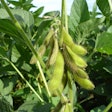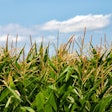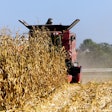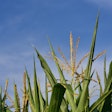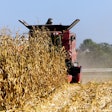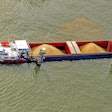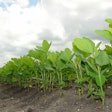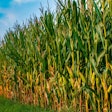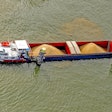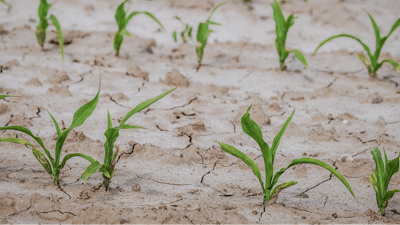
The U.S. Department of Agriculture (USDA) has announced a significant $400 million investment aimed at bolstering water conservation efforts and supporting agricultural producers across the Western United States. This funding initiative, part of the Biden-Harris Administration's broader strategy to combat drought and enhance water security, will collaborate with at least 18 irrigation districts to implement water-saving technologies and innovative agricultural practices.
Investing in sustainable agriculture
Agriculture Secretary Tom Vilsack highlighted that the investment would cover 250,000 acres of irrigated land, potentially conserving up to 50,000 acre-feet of water. The focus is on integrating water-saving commodities into production systems, thus not only addressing the immediate needs posed by persistent drought conditions but also ensuring long-term sustainability.
The initiative builds upon previous federal efforts that have successfully mitigated critical low water levels in major reservoirs like Lake Mead, which reported its highest levels since May 2021. These measures have staved off severe disruptions in water deliveries and power production, with the USDA leveraging this momentum to foster more extensive conservation practices.
Strategic partnerships and community support
Secretary Vilsack emphasized the USDA's commitment to working closely with irrigation districts that have been preliminarily selected based on their capacity to meet production and water management criteria. These districts, including prominent names like the Imperial Irrigation District in California and Maricopa-Stanfield Irrigation and Drainage District in Arizona, are set to receive up to $15 million each to develop and implement water-efficient strategies.
The strategy involves direct payments to producers for voluntarily reducing water usage while maintaining robust commodity production. This approach not only supports the livelihoods of farmers but also secures the agricultural output essential for both local and national food supply chains.
Broader implications and future plans
The USDA's plan also includes a significant focus on supporting tribal communities and acequias with a designated $40 million set aside to address the unique challenges and water management needs in Indian Country. This targeted support reflects a comprehensive approach to water conservation that respects diverse agricultural systems and cultural practices.
In addition to immediate water conservation efforts, the USDA continues to advance its Western Water and Working Lands Framework for Conservation Action. This framework guides the application of resources like the Environmental Quality Incentives Program (EQIP) and the Agricultural Conservation Easement Program (ACEP) to enhance water management, climate resilience, and sustainable agriculture across the West.
This investment is part of a larger USDA effort to transform American agriculture into a more resilient, sustainable, and equitable sector that can withstand the challenges of climate change and continue to support the nation's food security and rural economies.






